Street furniture (also called road furniture) are items added to roads, footpaths and verges to help influence road user behaviour and assist pedestrians.
Pedestrians
Public amenity signs
Public amenity signs give pedestrians information about the local area. In the case of the sign below it’s a liquor ban, but it could be for a park or nature reserve.
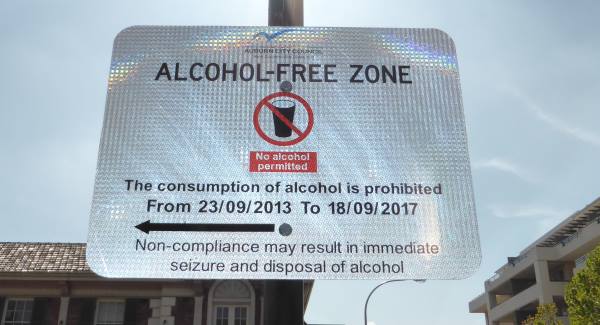
Benches
Benches come in many shapes. The ones below maximise the space near the taxi rank.
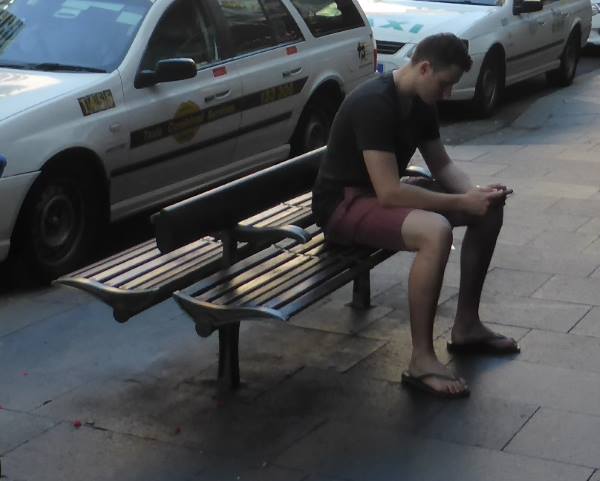
Bus stops
Bus stops can be as simple as a sign (like this), or a structure with a roof.
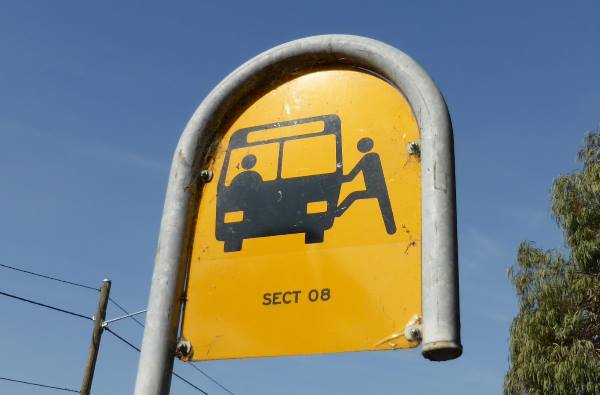
Rubbish bins
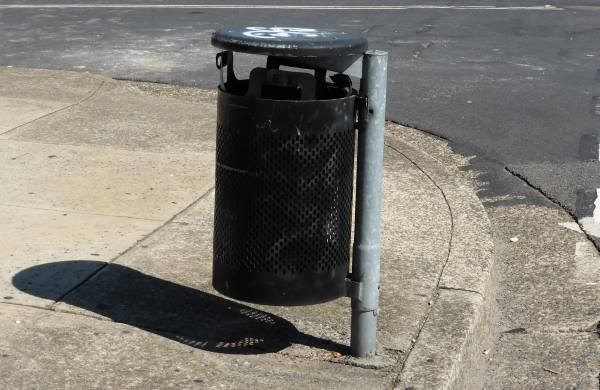
Bike racks
Bike racks can be standalone like this, or sometimes they are attached to other structures such as lamp posts.
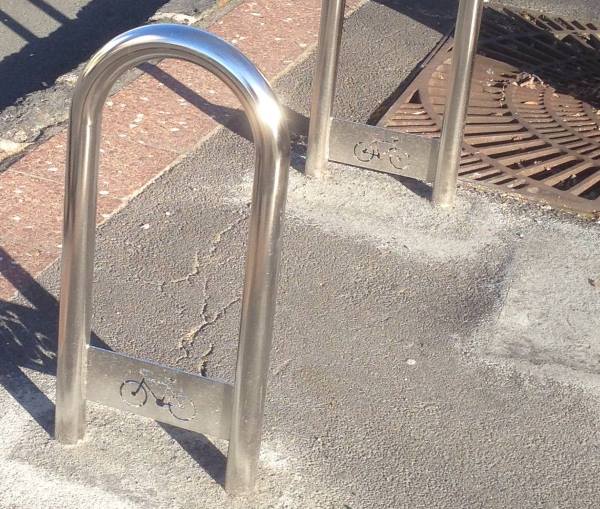
Sculpture and public art
Public art increases the general amenity of an area
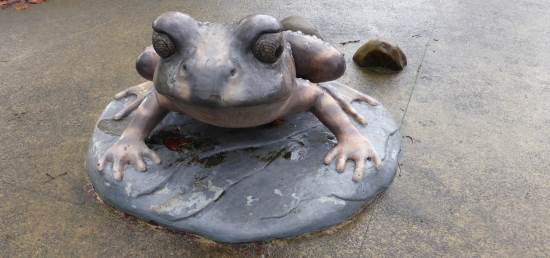
Anti-sit/lie
Anti-sit/lie structures are used to stop people from congregating in a certain place, e.g. homeless people.
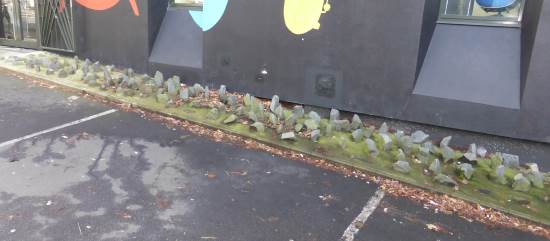
Water fountain
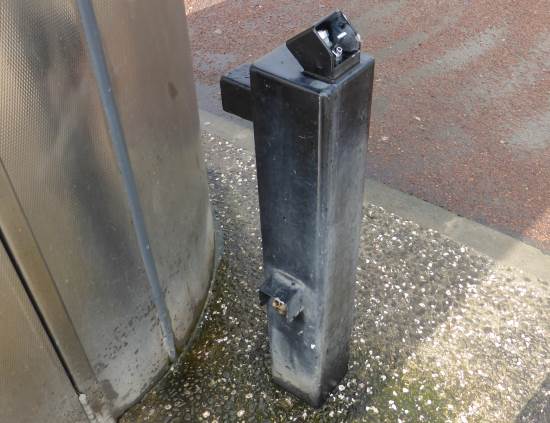
Phone boxes
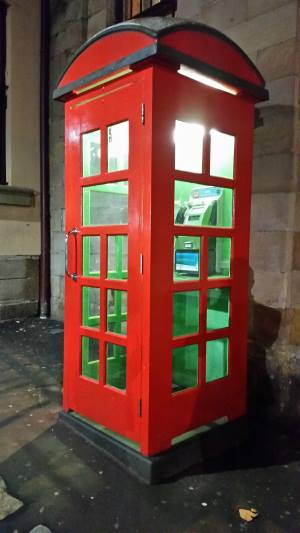
Mailboxes

Other examples of road furniture
Public toilets, phone boxes, fire hydrants and historical markers.
Vehicles
Street lights
Perhaps the most ubiquitous type of road furniture, street lights improve safety and visibility. They can be simple like the one shown below, or some tourist areas have design themes.
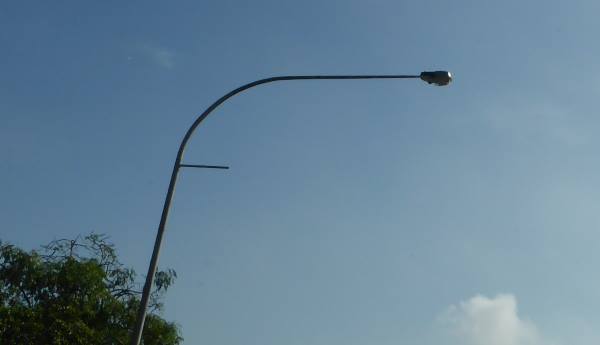
Parking meters
Pay for your parking tickets in these. There are several types.
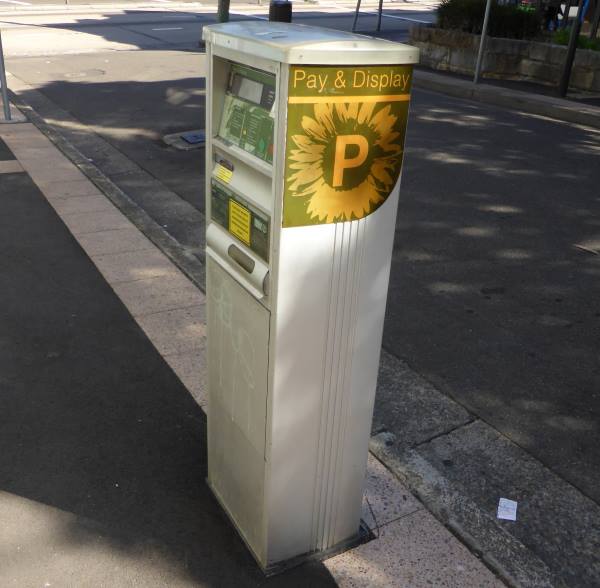
Fences and barriers
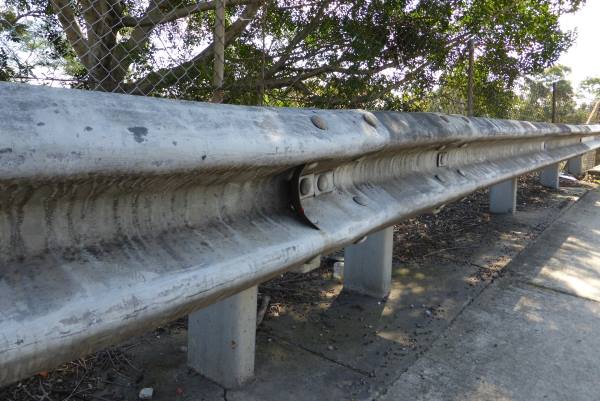
Bollards
Bollards help prevent people parking in areas they shouldn’t park.
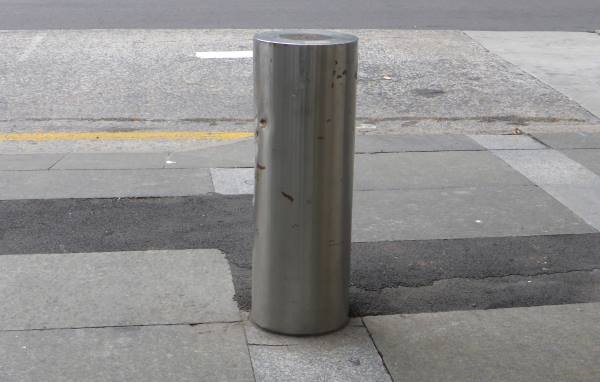
Cameras
Cameras can be used for security monitoring or speeding/red light running offence detection and prosecution.

Traffic signs
Signs are there to instruct road users and there are hundreds of different types
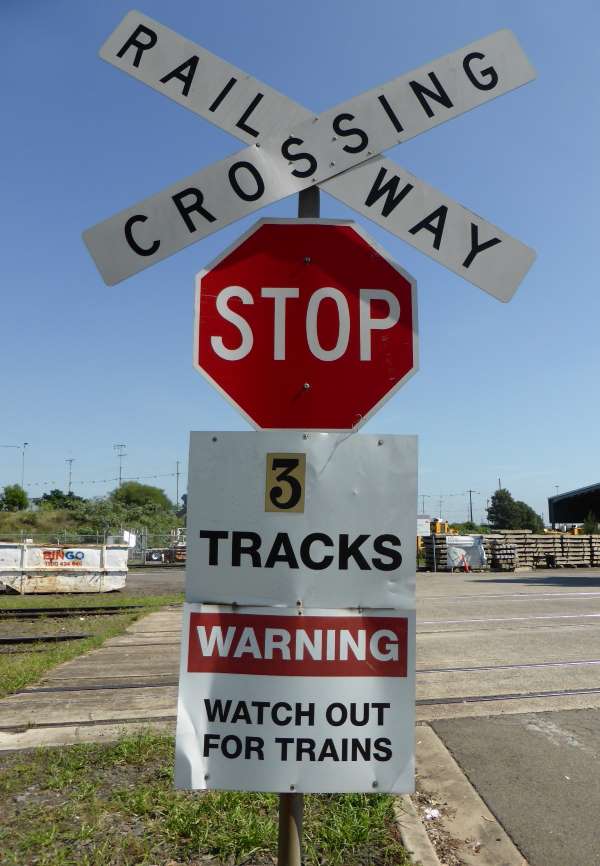
Traffic lights
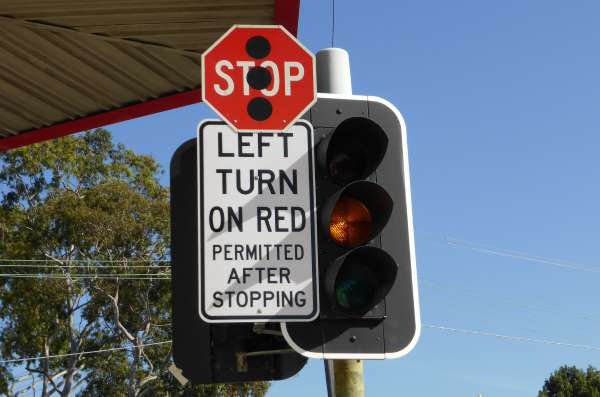

[…] Situation adjacent to the lane (e.g. parking, kerbs, verges, street furniture) […]